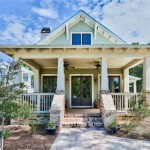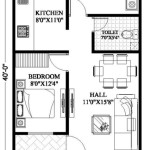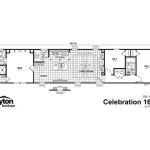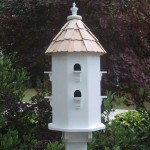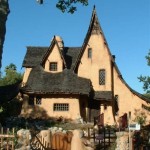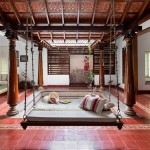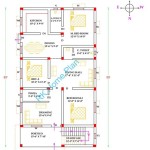Essential Aspects of Bat House Dimensions Plans
Bat houses provide vital shelter for bats, beneficial creatures that play a crucial role in ecosystems. When constructing a bat house, proper dimensions are essential to ensure the well-being and safety of its inhabitants. This article explores the key aspects of bat house dimensions plans, guiding you in creating an optimal living space for these flying mammals.
Entrance Size and Location
The entrance size and location of a bat house are critical factors that influence bat occupancy. The ideal entrance width is approximately 3/4 inch to 1 inch, allowing bats to enter and exit comfortably without getting stuck. The entrance should be placed at the bottom of the house, close to the ground, to facilitate easy access.
Interior Dimensions
The interior dimensions of a bat house should provide ample space for bats to roost and raise their young. The minimum recommended size for a single-chamber bat house is 14 inches wide by 24 inches high by 3 inches deep. For larger bat colonies, multiple-chamber bat houses are available with dimensions ranging from 18 inches wide by 36 inches high by 3 inches deep to 24 inches wide by 48 inches high by 4 inches deep.
Chamber Size and Orientation
Individual chambers within a bat house should be approximately 4 inches wide by 8 inches high by 3 inches deep, allowing bats sufficient space to roost and maneuver. The chambers should be oriented vertically, providing a comfortable resting position for bats. Additionally, the chambers should be slightly roughened to create a non-slip surface for the bats to grip.
Landing Area
A landing area below the entrance of a bat house is crucial for bats to land and take off. This area should be at least 2 inches wide and extend at least 2 inches below the entrance. A roughened surface or grooves on the landing area help bats gain traction during take-off and landing.
Ventilation
Proper ventilation is essential for maintaining a healthy environment inside the bat house. Ventilation slots should be incorporated into the design to allow airflow and prevent excessive heat buildup. These slots should be located at the top and bottom of the house, opposite each other, to create a natural airflow.
Construction Materials
The choice of construction materials is critical for the durability and effectiveness of a bat house. Cedar, redwood, and cypress are commonly used woods due to their weather resistance and insulation properties. Plywood and plastic can also be used, but they may require additional weatherproofing measures.

Bat Houses Mass Gov

Bat Houses

Bat House Plans Bird

How To Build A Bat House Lee Valley Tools

20 Diy Bat House Plans Insteading

20 Diy Bat House Plans Insteading

Diy Bat House The Craftsman Blog

37 Free Diy Bat House Plans That Will Attract The Natural Pest Control And Save Their Lives

Modèles Et Plans De Dortoirs Neighbourhood Bat Watch

D I Y Coveside Bat House Wildbirdplace Com


